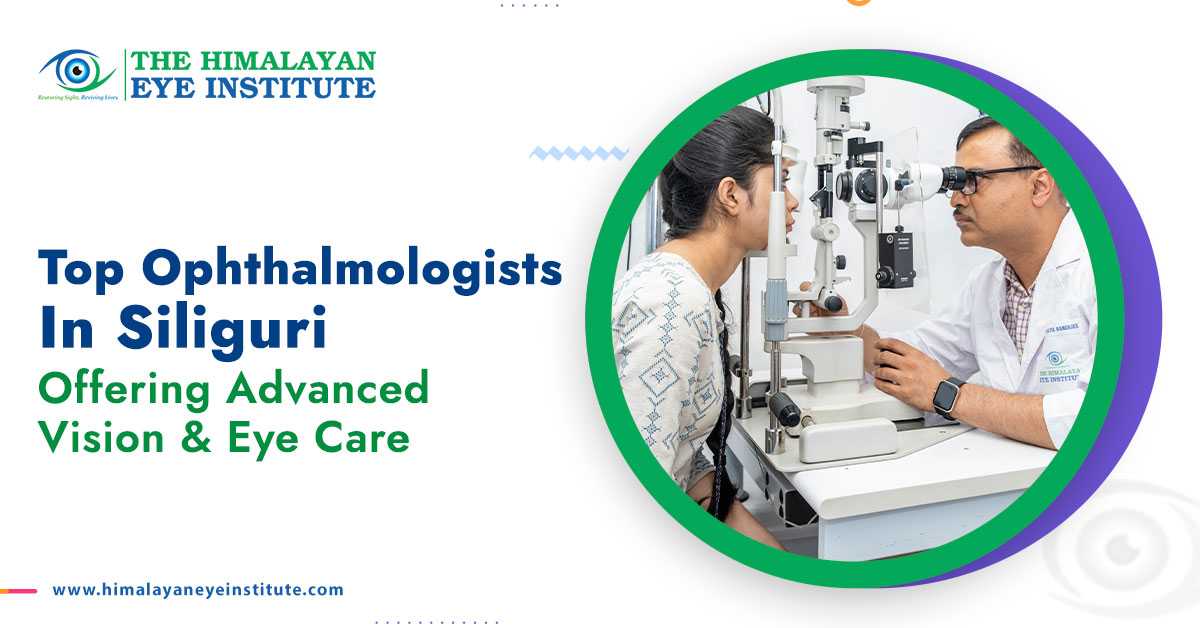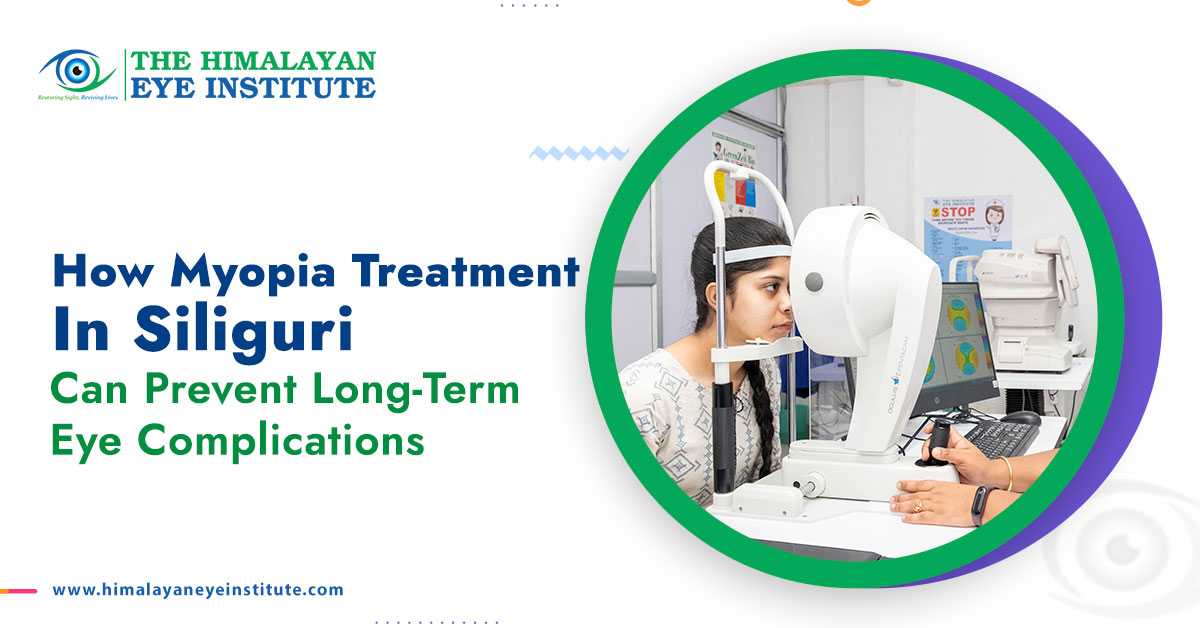Cataracts are frequently at the top of the list of age-related visual issues. But is cataract only an eye concern that comes with becoming older, or is there more to it than that? We need toexplore the facts in a clear, concise manner.If you’ve been diagnosed with cataracts, surgical removal is the most effective way to treat them. For successful cataract treatment in Siliguri, visit the most reliable hospital in town.
Overview of Cataracts
The clouding of the natural lens of your eye, which sits behind the pupil and iris, is what we call a cataract. Usually clear, this lens aids in focusing light or an image onto the retina. The proteins in your lens break down with age, creating hazy areas that trouble vision.
Though they do not travel from one eye to the other, cataracts can develop in one or both eyes. They are a leading global cause of visual impairment, especially in the elderly.The majority ofcases happen when people age naturally, and “Senile cataracts" is the term for them.
Knowing the Types of Age-related Cataracts
Age-related cataracts come in a variety of forms.
- The posterior cortex is where posterior subcapsular cataracts develop, which is the area behind your lens that is closest to your retina.
- The nucleus is where nuclear sclerotic cataracts develop.
- A cataract that develops in the cortex is what we call a cortical cataract.
Around age 40, the proteins in your eye's lens begin to degrade. They often start to manifest beyond the age of fifty; however, symptoms usually don't show up until you're 60 or older.
Signs or Symptoms
- Cloudy, hazy, foggy, or filmy vision.
- Changes in your perception of color (colors may appear less vibrant or faded).
- Sensitivity to bulbs, headlights, or intense sunshine.
- Halos that develop around lights are examples of glare.
- Nighttime visibility is difficult.
- Worsening nearsightedness.
- Reading requires a stronger light.
- Double vision.
Age and Cataracts
The most prevalent cause of cataracts is aging, and cataracts contribute to vision impairment and blindness worldwide. However, you may be more susceptible to cataracts or may acquire them earlier than others due to hereditary and environmental reasons.
Cloudy patches occur when the proteins in the lens of the eye break down as we age. Although cataracts may not have a major impact on vision until later, this process, which usually starts in the 40s or 50s, is a normal aspect of aging.
You are more likely to have cataracts if you have a family history,and congenital cataracts are caused by certain genetic abnormalities. Exposure to UV rays, smoking, air pollution, diabetes, radiation therapy in the upper body, alcohol, etc., may put you at high risk of cataracts.
As of right now, no medications or eye drops can prevent, reverse, or cure cataracts. The most successful therapy for cataracts is surgery, whether you’re young. One popular and safe outpatient procedure is cataract surgery, which removes the clouded lens and puts an artificial intraocular lens (IOL) in its place. Get effective cataract treatment in Siliguri at Himalayan Eye Institute.
Cataracts can develop at any age as a result of illness, trauma, or medicine, however, aging is the main risk factor.Indeed, cataracts are mostly caused by aging, but factors including heredity, lifestyle, accident, and medical disorders also contribute.
Even though cataracts are widespread, they can be effectively treated, particularly if diagnosed early.Because vision is one of our most vital senses, protecting it is an investment in your overall wellness. You might consult the top eye specialist in Siliguri for cataract treatment and optimal eyesight care.




